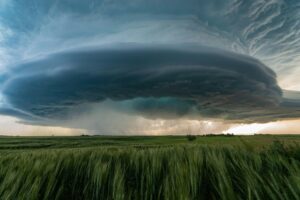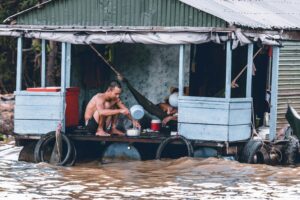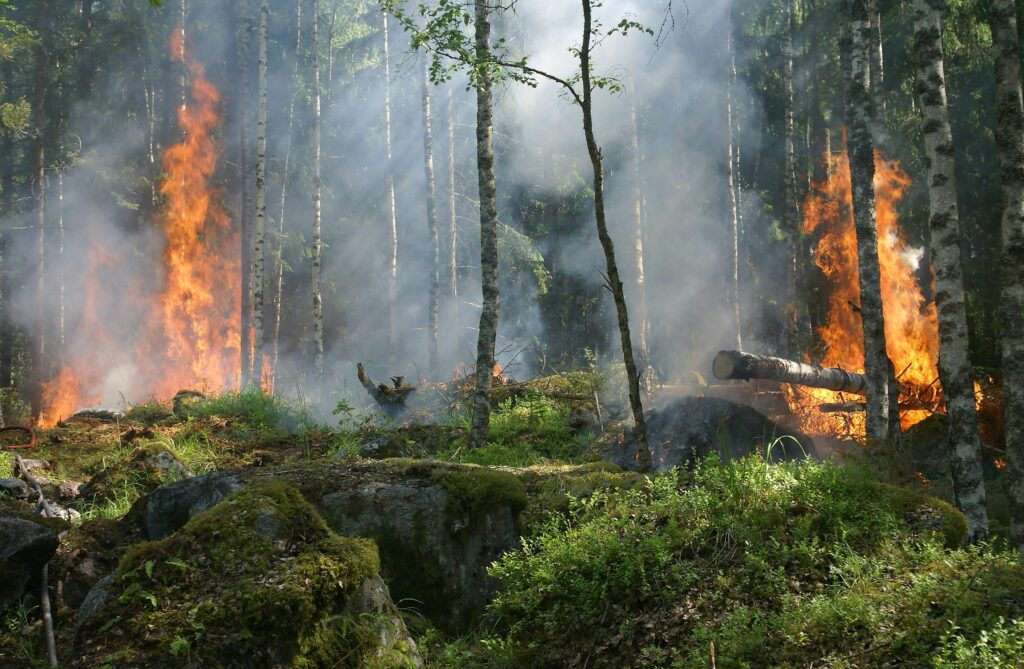Natural disasters are severe, sudden occurrences due to natural forces that can potentially lead to a large loss of life, property, and the environment. Earthquakes, floods, hurricanes, fires, tsunamis, and volcanic eruptions are some of the disasters that serve as a living reminder of the unpredictable nature of the world. Although we cannot always prevent them, understanding their causes and preparing for them can always help mitigate their effects and save lives.
Types and Causes of Natural Disasters
Natural disasters are caused by numerous various geologic and environmental processes. Earthquakes are caused by tectonic plates shifting beneath the Earth’s surface, which tends to cause massive ground shaking and structural collapse. Tsunamis are most commonly caused by earthquakes or eruptions under the ocean, leading to enormous waves crashing over coastlines.
Floods, one of the most common natural disasters, are initiated by rain, river flooding, or dam breaks. Hurricanes and cyclones, which form over tropical ocean basins, release high wind, rain, and storm surge, typically causing damage along coastlines. Wildfires, typically started by dryness, lightning, or humans, can spread and consume vast regions of forest and human settlement in a matter of hours. Volcanic eruptions release lava, ash, and gases, causing instantaneous damage and long-term environmental modification.
The Human and Environmental Consequences
The impact of natural disasters is staggering. Thousands of individuals are killed every year, and millions are left homeless. Roads are destroyed, bridges collapse, and hospitals and schools are reduced to rubble, resulting in long-term dislocation in society. Economically, disasters result in billions of dollars’ worth of loss, especially in countries that lack proper infrastructure or emergency response systems. Aside from the loss of lives, natural calamities impose heavy losses on the environment. Wildfires destroy forests and wildlife sanctuaries. Floods and storms can potentially pollute water and soil sources, while volcanic ash impacts the air and climate. Recovery from disasters is a long process, and relief arrives in the guise of foreign contributions and cooperative initiatives on the part of governments and societies.
Preparation to reduce risks
While it is not possible to avoid natural disasters, preparedness and risk reduction measures can minimize their impact. Weather forecasts and earthquake warning systems give individuals a chance to evacuate or seek shelter on time. It is the role of governments and institutions to make individuals know about safety regulations and response strategies to disasters.
Disaster-resilient infrastructure construction is another priority measure. Seismic-resistant structures, flood protection infrastructure, and enhanced drainage can be lifesaving and minimize damage. Local community-based disaster management—training the local community and engaging them in planning and response mechanisms—has worked well in most of the world.
Conclusion
Natural disasters are all part of the processes on Earth, but when they affect human life, it is disastrous. To minimize their impacts, it is important to know their causes, enhance preparedness, and invest in disaster-resistant infrastructure. Coming together as governments, scientists, communities, and individuals can help us usher in a safer world that is wiser and stronger to the challenges of nature.



